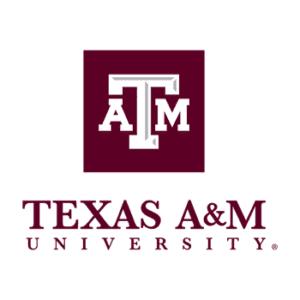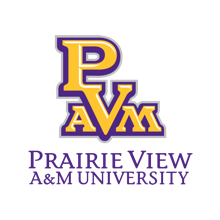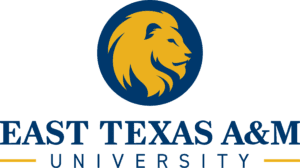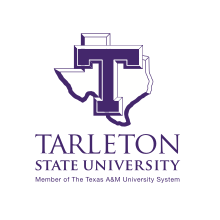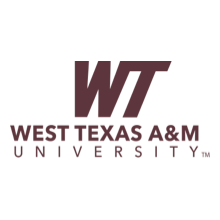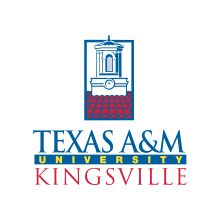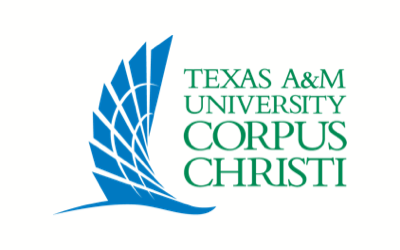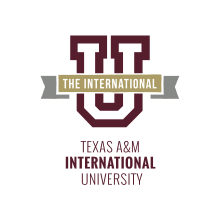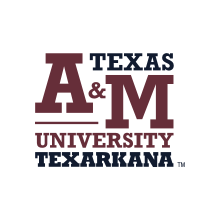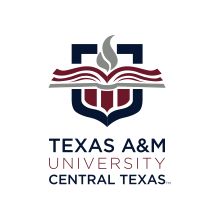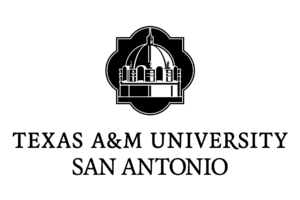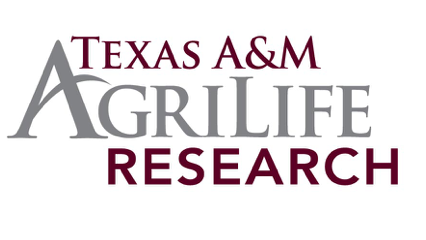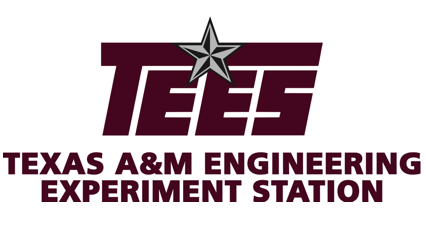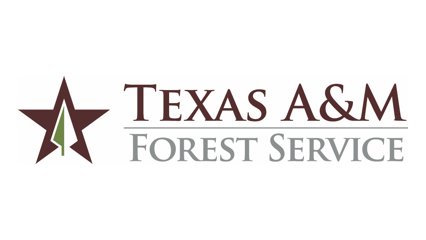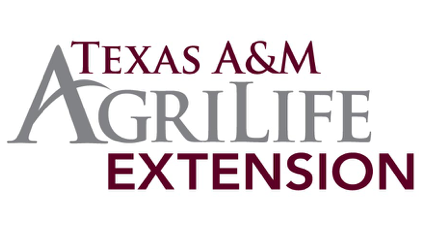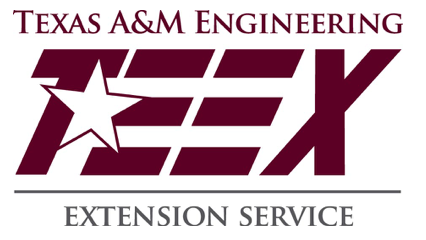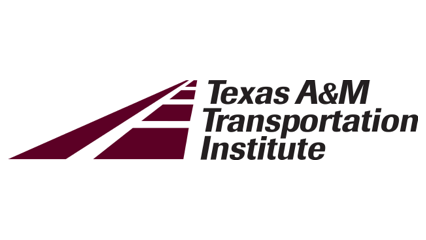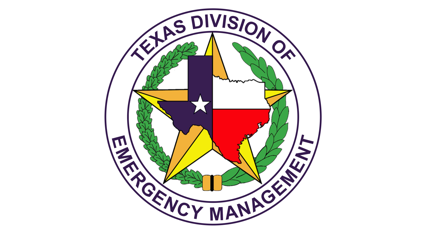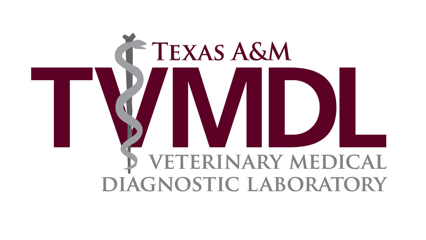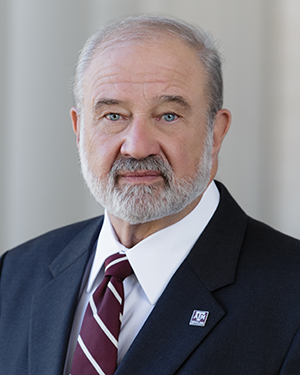About
The Texas A&M University System is one of the largest systems of higher education in the nation, with a budget of $7.3 billion. Through a statewide network of 11 universities, a comprehensive health science center, eight state agencies, Texas A&M-Fort Worth and Texas A&M-RELLIS, the Texas A&M System educates more than 165,000 students and makes more than 25.3 million additional educational contacts through service and outreach programs each year. System-wide, research and development expenditures exceed $1.5 billion and help drive the state’s economy.
Universities
Agencies
Executive Committee
Chief Executive Officers
Frequently Asked Questions
More Information
Universities
The Texas A&M University System was created by the Texas Legislature in 1948 to manage the evolution of a statewide educational, research and service system. Its roots lie in the founding of what are now Texas A&M University and Prairie View A&M University as land-grant colleges in 1876. Today, the Texas A&M System provides oversight and leadership for 11 universities and eight state agencies. Its role is governed by the state’s education code (Title 3, chiefly Ch. 51, Sec. 51.353 and Ch. 85, Sec. 85.17). Responsibilities include system-wide planning, coordination, and execution of the policies of The Texas A&M University System Board of Regents.
John Tarleton Agricultural College at Stephenville (now Tarleton State University) joined an earlier form of the A&M System in 1917. Tarleton State University-Central Texas, an upper-level institution offering bachelor’s and master’s degrees, was established in Killeen in 1999.
The Galveston Marine Laboratory joined with the Texas Maritime Academy in the 1960s to form Texas A&M University at Galveston, Texas A&M’s marine studies branch. Texas A&M University at Qatar was established in 2003 to bring engineering programs and research to the Gulf Region by establishing a branch campus in an area called Education City in Doha, Qatar. Education City is a 2,400-acre multi-university campus housing various American universities.
In 1989, the A&M System increased its presence in South Texas with the addition of Texas A&M International University (formerly Laredo State University) in Laredo, Texas A&M University-Corpus Christi (formerly Corpus Christi State University) and Texas A&M University-Kingsville (formerly Texas A&I University). The Texas A&M University-Kingsville System Center-San Antonio, which offers bachelor’s and master’s degrees, was opened in 2000.
In 1990, West Texas State University in the Texas Panhandle city of Canyon joined the A&M System, changing its name to West Texas A&M University in 1993.
In 1996, three other institutions joined the A&M System: Baylor College of Dentistry in Dallas and two former East Texas State University campuses, now East Texas A&M University and Texas A&M University-Texarkana.
The Texas A&M Health Science Center, established in 1999, officially merged with Texas A&M University in 2013. The five health-related colleges have campuses in Bryan/College Station, Dallas, Temple, Houston, Round Rock, Kingsville, and McAllen. Its five colleges are the Dentistry, Medicine, Nursing, Public Health, and the Irma Lerma Rangel College of Pharmacy.
In 2009, Tarleton State University System Center-Central Texas became a standalone university, Texas A&M University-Central Texas. That same year, Texas A&M University-Kingsville System Center-San Antonio also became a standalone university, Texas A&M University-San Antonio.
Each of the members of the A&M System has its own mission, history and goals. The oldest institution and founding member of the A&M System is Texas A&M University, established in 1876. Many of the member universities and agencies joined the A&M System decades after being established. Together, they strive to provide educational programs, outreach and community enhancement services, as well as research that will improve the lives of people in Texas and beyond.
- More than one in five students in a public university in Texas is enrolled in an A&M System institution.
- Texas A&M consistently ranks in the forefront among public universities in Texas in retention rates—keeping students enrolled and on course for graduation both overall and for African-American and Hispanic students.
- A&M System students receive about $580 million in scholarships and grants annually.
- The A&M System awarded 36,346 degrees in FY 2018.
- The A&M System’s faculty includes recipients of the Nobel Prize, National Medal of Science, Pulitzer Prize, World Food Prize and the Wolf Prize, as well as members in the National Academy of Sciences and the National Academy of Engineering.
Total Texas A&M University System Enrollment
for Fall Semesters
University Summary Table
| University | Est. | Joined A&M System |
|---|---|---|
| Texas A&M University | 1876 | 1876 |
| Prairie View A&M University | 1876 | 1973 |
| East Texas A&M University | 1889 | 1996 |
| Tarleton State University | 1899 | 1917 |
| West Texas A&M University | 1910 | 1990 |
| Texas A&M University-Kingsville | 1925 | 1989 |
| Texas A&M University-Corpus Christi | 1947 | 1989 |
| Texas A&M International University | 1970 | 1989 |
| Texas A&M University-Texarkana | 1971 | 1996 |
| Texas A&M University-Central Texas | 1999 | 2009 |
| Texas A&M University-San Antonio | 2000 | 2009 |
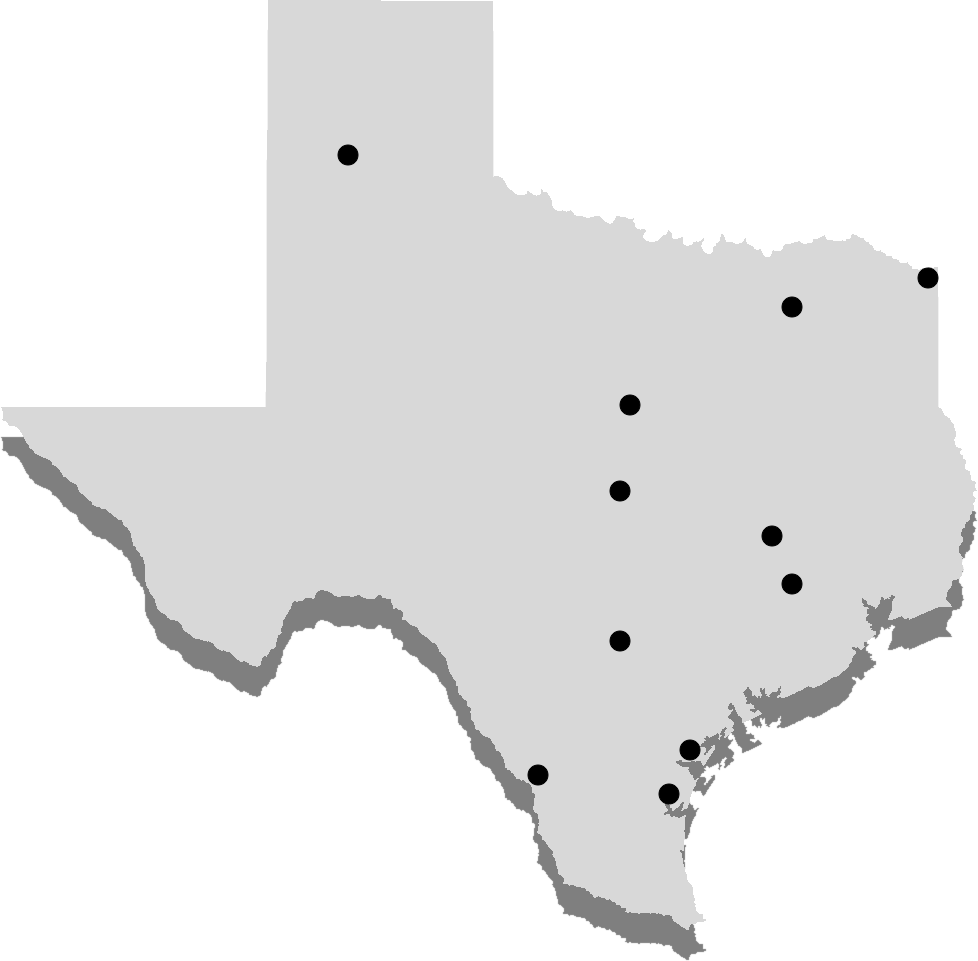
Agencies
The A&M System boasts 8 state agencies with missions ranging from research to protecting natural resources and communities.
Established by the Texas Legislature in 1887 under the federal Hatch Act, Texas A&M AgriLife Research (formerly the Texas Agricultural Experiment Station) continues to represent a unique state-federal partnership in agricultural research. Texas A&M AgriLife Extension (formerly the Texas Agricultural Extension Service) grew out of the agricultural initiatives of Texas A&M University under the provisions of the Smith-Lever Act of 1914, which provided for cooperative agricultural extension work between Texas land-grant colleges and the United States Department of Agriculture. Texas A&M Forest Service was established in 1914, as a way to provide resources to develop and protect the forested areas of Texas. Today, TFS is charged with conserving and protecting the resources and lands of the Lone Star State. Texas legislators created Texas A&M Veterinary Medical Diagnostic Laboratory during the regular session of the 60th Legislature, in 1967; the lab formally opened in College Station in 1969.
The Texas A&M Engineering Experiment Station was also created in 1914 with a research and technology transfer mission for the field of engineering. Established five years later, the Texas A&M Engineering Extension Service is dedicated to helping develop a highly skilled workforce through technical and vocational training. The Texas A&M Transportation Institute, created in 1950, conducts highway, safety, and other transportation-related research.
In 2019, the Texas Division of Emergency Management joined the A&M System as its eighth state agency. With roots in the civil defense programs established during World War II, TDEM is charged with carrying out a comprehensive all-hazard emergency management program for the State and for assisting cities, counties, and state agencies in planning and implementing their emergency management programs.
Executive Committee
The Texas A&M University System executive committee provides the chancellor assessment, advice and recommendations on issues within the A&M System and the System Offices. The 16-member committee may also aid the Board of Regents in implementing and overseeing strategic plans and policies as they relate to the system.
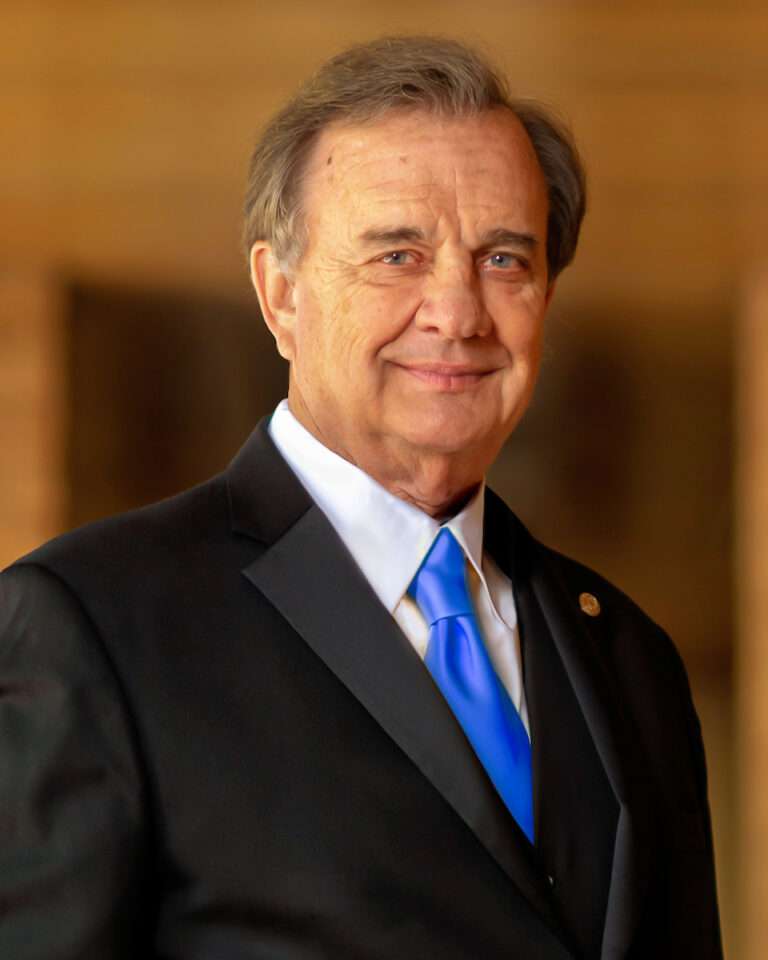
John Sharp
Chancellor

Billy Hamilton
Deputy Chancellor and
Chief Financial Officer

Ray Bonilla
General Counsel

Tim Eaton
Acting Vice Chancellor
for Marketing and Communications

Joe Elabd
Vice Chancellor for Research

James Hallmark
Vice Chancellor
for Academic Affairs

Amanda Dotson
Chief Auditor

Jenny Jones
Vice Chancellor
for Governmental Relations
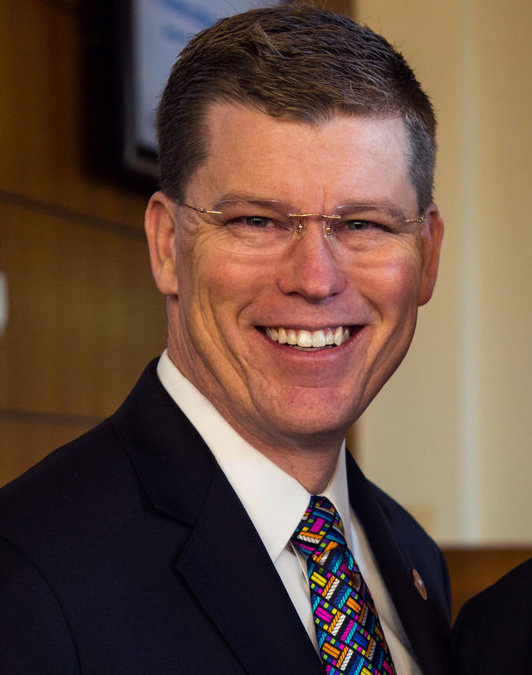
W. Nim Kidd
Vice Chancellor for Disaster and Emergency Services
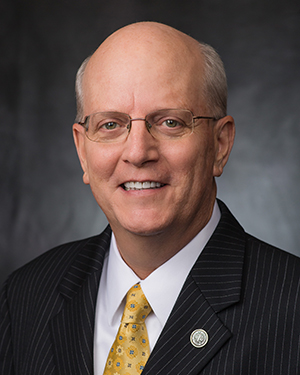
Phillip Ray
Vice Chancellor for Business Affairs

Maria L. Robinson
Chief Investment Officer
and Treasurer
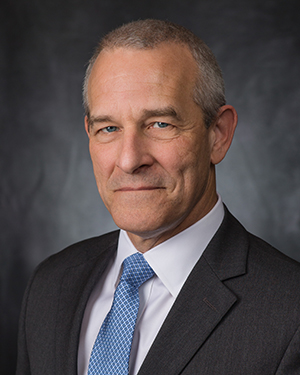
Mark Stone
Chief Information Officer

Robert Bishop
Vice Chancellor and Dean of Engineering
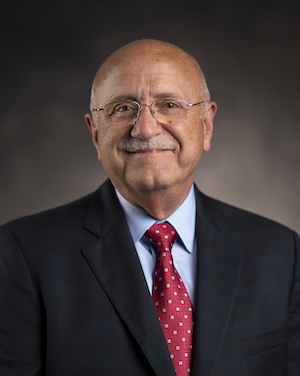
Jeffrey W. Savell
Vice Chancellor and Dean of Agriculture and Life Sciences
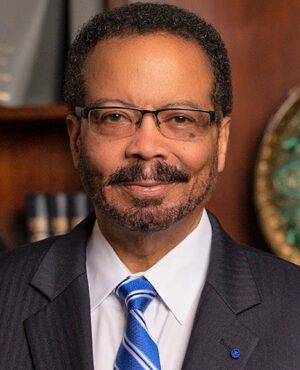
Roderic Pettigrew
Vice Chancellor for Health and Strategic Initiatives
Chief Executive Officers
The Texas A&M University System chief executive officers serve the chancellor and Board of Regents through their leadership in developing the overall strategic planning of the A&M System’s 11 universities and eight state agencies and ensuring their sustained performance to the maximum benefit of the state of Texas and the nation.
Presidents
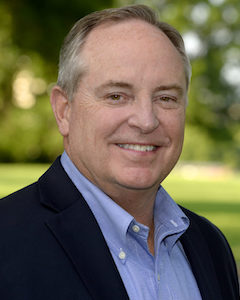
Texas A&M University
Mark A. Welsh III
President

Prairie View A&M University
Tomikia P. LeGrande
President
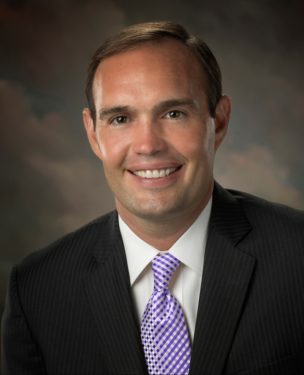
Tarleton State University
James L. Hurley
President
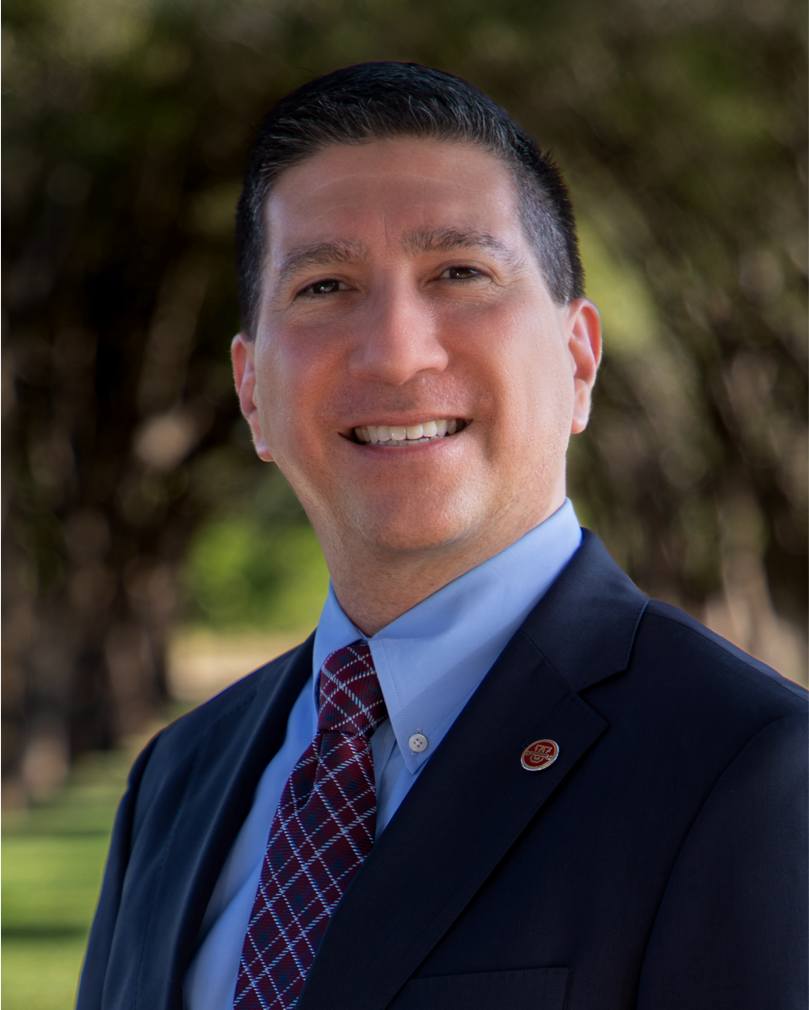
Texas A&M International University
Juan Castillo
Interim President

Texas A&M University-Corpus Christi
Kelly M. Miller
President
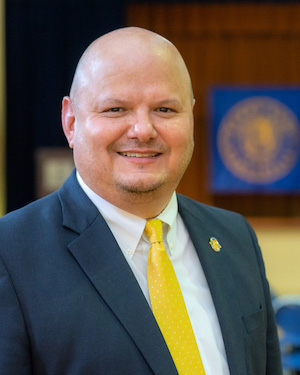
Texas A&M University-Kingsville
Robert H. Vela Jr.
President

West Texas A&M University
Walter V. Wendler
President
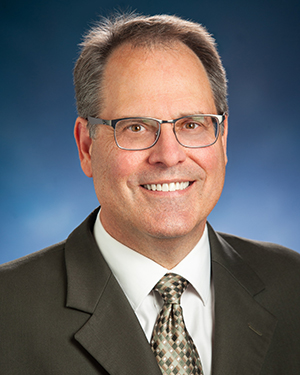
East Texas A&M University
Mark Rudin
President
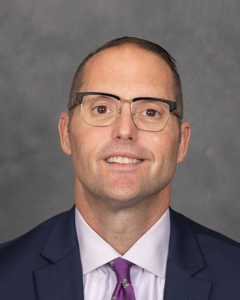
Texas A&M University-Texarkana
Ross C. Alexander
President

Texas A&M University-Central Texas
Richard Rhodes
President
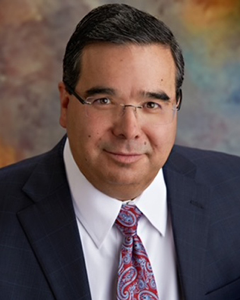
Texas A&M University-San Antonio
Salvador Hector Ochoa
President
Directors
Agriculture and Life Sciences

Jeffrey W. Savell
Vice Chancellor and Dean of Agriculture and Life Sciences

Texas A&M AgriLife Extension Service
Rick Avery
Director

Texas A&M Veterinary Medical Diagnostic Laboratory
Amy K. Swinford
Director
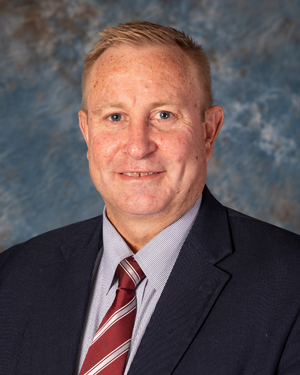
Texas A&M AgriLife Research
Cliff Lamb
Director
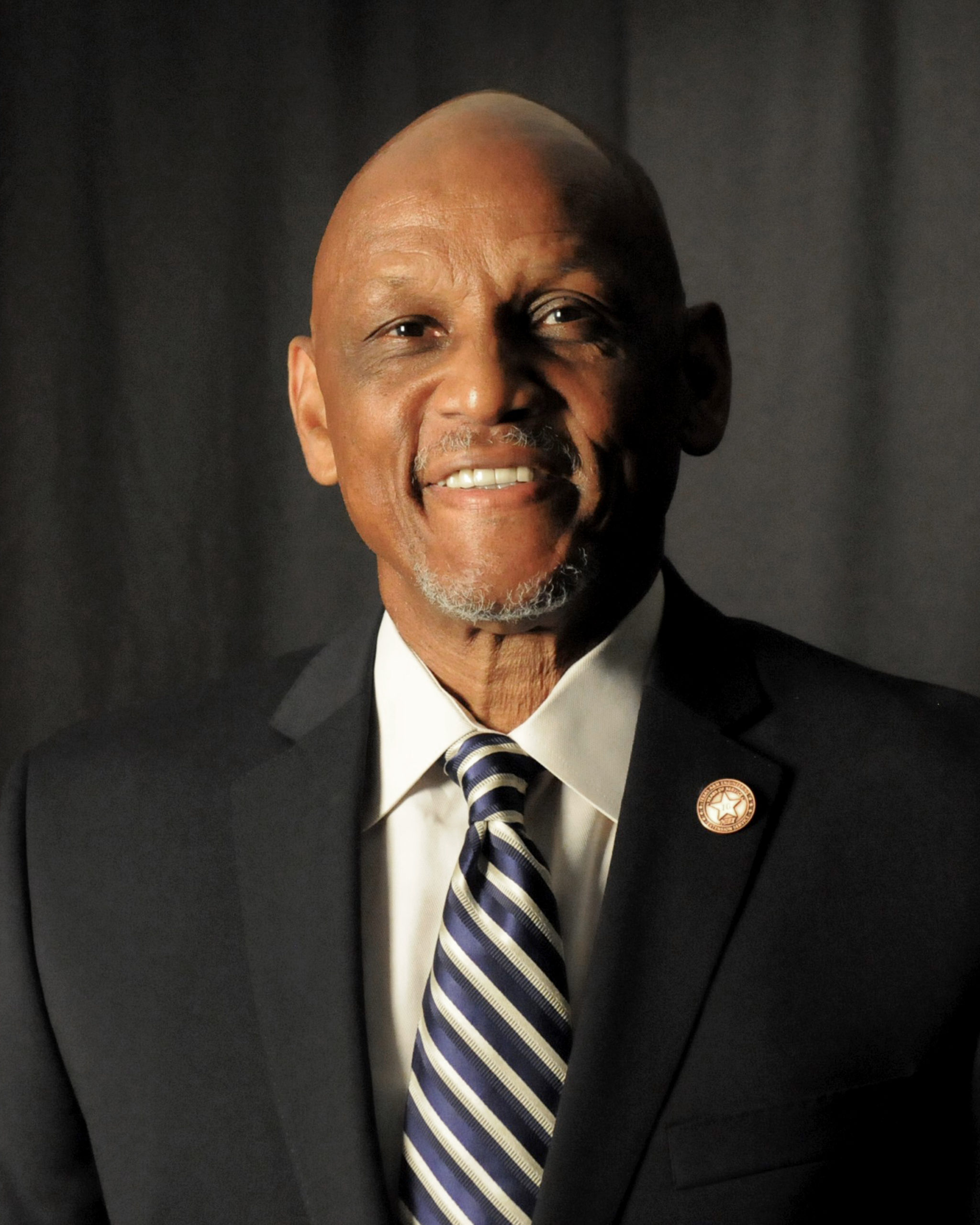
Texas A&M Forest Service
Al Davis
Director
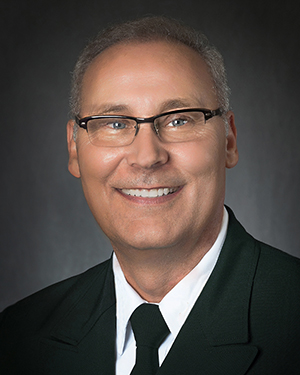
Texas A&M Engineering Extension Service
David Coatney
Director

Texas A&M Engineering Experiment Station
Robert Bishop
Director

Texas A&M Transportation Institute
Gregory D. Winfree
Director
Frequently Asked Questions
More Information
View more information about the A&M System below, as well as resources from the A&M System Office of Marketing and Communications.
